Home>Gardening & Outdoor>Landscaping Ideas>What Grass Will Grow In Clay Soil
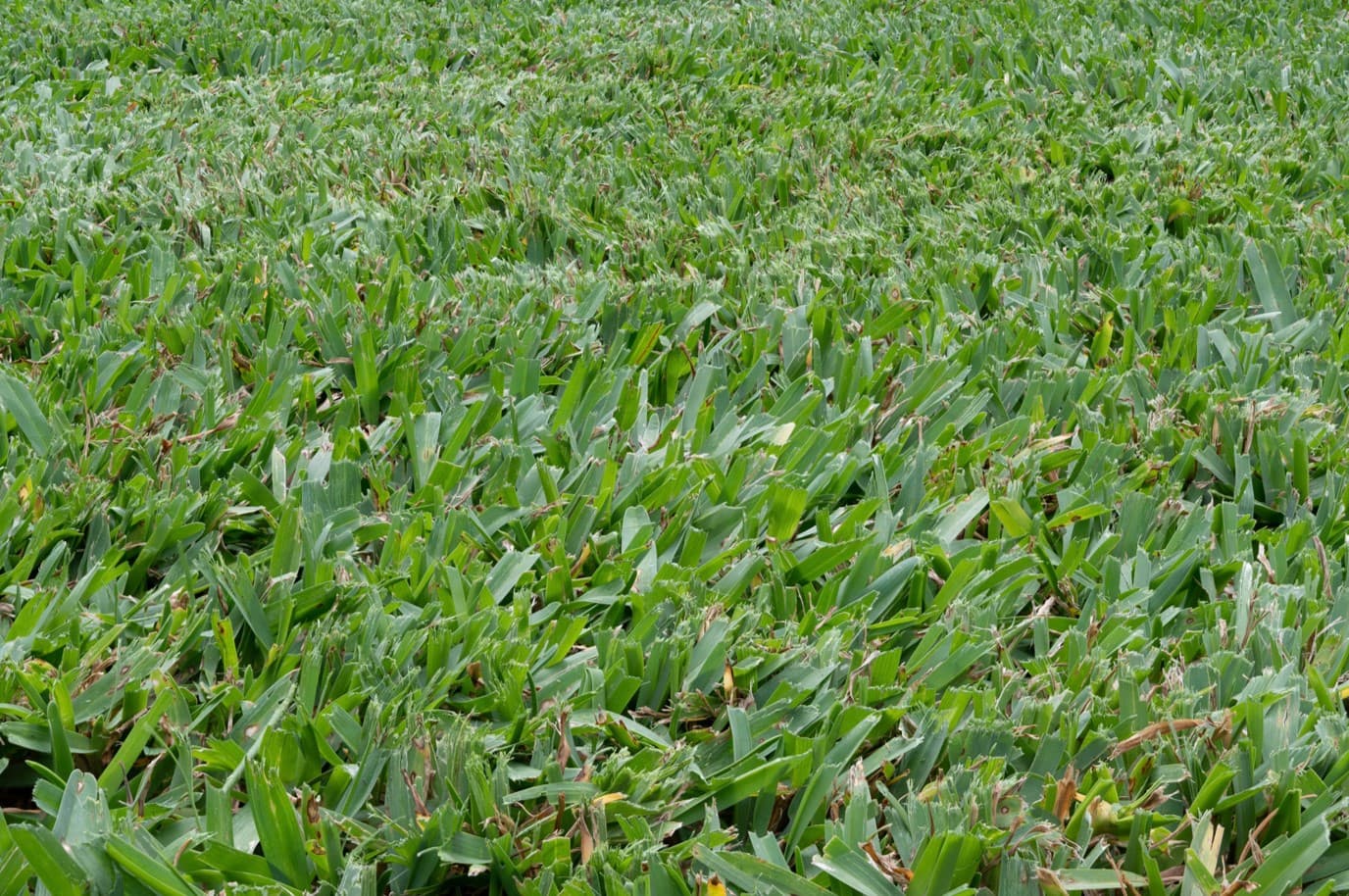

Landscaping Ideas
What Grass Will Grow In Clay Soil
Modified: August 17, 2024
Discover the best landscaping ideas for clay soil and find out which grass varieties thrive in this challenging environment. Transform your yard with our expert advice.
(Many of the links in this article redirect to a specific reviewed product. Your purchase of these products through affiliate links helps to generate commission for Storables.com, at no extra cost. Learn more)
Introduction
Welcome to the wonderful world of landscaping, where the beauty of nature meets the creativity of human design. One of the key elements in any landscape is the lush, green carpet of grass that covers the ground. However, not all soil is created equal, and if you happen to have clay soil in your yard, you may have encountered challenges in growing healthy, vibrant grass. But fear not, for with the right knowledge and approach, you can transform your clay soil into a thriving environment for beautiful grass to flourish.
In this comprehensive guide, we will explore the intricacies of clay soil and the types of grass that are best suited to this unique environment. By understanding the characteristics of clay soil and the specific needs of grass varieties, you will be well-equipped to make informed decisions about which grass to plant and how to care for it. Whether you are a seasoned gardener or just starting out, this article will provide valuable insights and practical tips to help you create a stunning lawn in clay soil.
Key Takeaways:
- Choose grass like tall fescue or Kentucky bluegrass for clay soil. Look for deep roots, drought tolerance, and adaptability to moisture levels to create a lush lawn.
- Improve clay soil with organic matter, choose the right grass seed, and maintain proper watering and care for a thriving, resilient lawn.
Read more: What Is The Best Ground Cover For Clay Soil
Understanding Clay Soil
Clay soil is known for its fine particles and high level of compaction, which can pose challenges for growing healthy grass. When dry, clay soil becomes hard and dense, making it difficult for water and nutrients to penetrate. Conversely, when wet, it becomes sticky and heavy, often leading to waterlogging and poor aeration. These characteristics can inhibit root development and create an inhospitable environment for many grass species.
One of the key factors to consider when dealing with clay soil is its ability to retain moisture. While this can be beneficial during dry periods, it also means that clay soil drains slowly, leading to potential waterlogging and root suffocation. Additionally, the compact nature of clay soil can restrict the movement of air and water, further impacting the overall health of grass plants.
It is important to note that not all clay soils are the same. Some may have higher sand or silt content, which can influence their drainage and nutrient-holding capacities. Understanding the specific composition of your clay soil will help you make informed decisions when selecting grass varieties and implementing soil improvement techniques.
Despite its challenges, clay soil also offers some advantages. It tends to be rich in nutrients, which can benefit grass growth once its structure and drainage issues are addressed. By acknowledging the unique characteristics of clay soil and working with its natural properties, you can create a thriving environment for a variety of grass species to flourish.
Characteristics of Grass That Thrive in Clay Soil
When it comes to selecting grass for clay soil, certain characteristics are particularly beneficial for thriving in this challenging environment. Understanding these traits will help you make informed choices and set realistic expectations for the performance of different grass species.
- Drought Tolerance: Grass varieties that can withstand periods of drought are well-suited to clay soil, as they can endure the moisture retention properties of this soil type. Drought-tolerant grasses are resilient in the face of limited water availability, making them ideal for clay soil that may experience dry spells.
- Deep Root Systems: Grasses with deep root systems are better equipped to penetrate and stabilize the dense structure of clay soil. These roots can access moisture and nutrients from deeper layers, enhancing the grass’s ability to thrive in challenging soil conditions.
- Tolerance to Compaction: Clay soil is prone to compaction, which can hinder root growth and overall grass health. Grass varieties that can tolerate compacted soil and remain resilient in such conditions are essential for successful growth in clay soil.
- Adaptability to Moisture Levels: Grasses that can adapt to fluctuating moisture levels are advantageous in clay soil, where water retention and drainage issues may arise. The ability to thrive in both wet and dry conditions is a valuable trait for grass species in clay soil.
- Nutrient Efficiency: Grasses that efficiently utilize available nutrients are better equipped to benefit from the nutrient-rich nature of clay soil once its structure is improved. Optimizing nutrient uptake is crucial for the healthy growth and development of grass in clay soil.
By considering these characteristics, you can narrow down your options and identify grass varieties that are well-suited to the unique properties of clay soil. Selecting grasses with these traits will increase the likelihood of establishing a lush and resilient lawn in your clay soil landscape.
Best Grass Types for Clay Soil
Choosing the right grass type is crucial for achieving a vibrant and resilient lawn in clay soil. Several grass species have demonstrated the ability to thrive in clay soil conditions, offering a range of characteristics that make them well-suited for this challenging environment.
Tall Fescue
Tall fescue is a popular choice for clay soil due to its deep root system, which enables it to penetrate and anchor itself in compacted soil. This grass variety exhibits excellent drought tolerance and adapts well to varying moisture levels, making it a reliable option for clay soil landscapes.
Read more: How To Enrich Clay Soil For Grass
Zoysia Grass
Zoysia grass is known for its resilience in adverse soil conditions, including clay soil. It boasts a dense root system that can effectively navigate the compacted nature of clay soil, while also demonstrating exceptional drought tolerance and adaptability to different moisture levels.
Bermuda Grass
Bermuda grass is valued for its ability to thrive in clay soil, offering excellent tolerance to compaction and resilience in the face of challenging soil conditions. This grass type is well-suited to warmer climates and exhibits strong drought tolerance, making it an ideal choice for clay soil in such regions.
Kentucky Bluegrass
Kentucky bluegrass is a popular cool-season grass that can establish a resilient turf in clay soil. It features a strong root system and adapts well to clay soil’s moisture retention properties. This grass type is known for its lush, dense growth and can create a visually appealing lawn in clay soil landscapes.
Buffalo Grass
Buffalo grass is a warm-season grass that thrives in clay soil, offering excellent drought tolerance and adaptability to various soil conditions. Its deep root system allows it to access moisture and nutrients in compacted soil, making it a valuable choice for clay soil landscapes, particularly in arid regions.
These grass types have proven themselves to be resilient and adaptable in clay soil, offering a diverse range of options for creating a lush and healthy lawn. By selecting a grass variety that aligns with the specific characteristics of your clay soil and the climate of your region, you can establish a thriving grass cover that enhances the beauty of your landscape.
Read more: How To Loosen Clay Soil For Grass
Tips for Planting and Maintaining Grass in Clay Soil
Successfully establishing and maintaining a vibrant lawn in clay soil requires careful planning and ongoing attention to the specific needs of the grass. By following these tips, you can optimize the growth and health of your grass in clay soil, ensuring a lush and resilient lawn for years to come.
Soil Preparation
Prior to planting grass in clay soil, it is essential to improve its structure and drainage. Incorporating organic matter, such as compost or well-rotted manure, into the soil can enhance its aeration and water retention properties. This preparation creates a more hospitable environment for grass roots to thrive and access essential nutrients.
Choosing the Right Grass Seed
Selecting high-quality grass seed that is specifically suited to clay soil conditions is crucial for successful establishment. Look for grass varieties that exhibit traits such as deep root systems, drought tolerance, and adaptability to moisture fluctuations. Choosing the right seed will set the foundation for a resilient and thriving lawn in your clay soil landscape.
Proper Watering
When watering newly planted grass in clay soil, it is important to apply water in a manner that promotes deep root growth. Infrequent, deep watering encourages the roots to penetrate the soil more effectively, leading to stronger and more resilient grass plants. Additionally, monitoring moisture levels and adjusting watering frequency based on weather conditions is essential for sustaining healthy grass growth in clay soil.
Maintenance Practices
Regular maintenance, including mowing, aerating, and fertilizing, is essential for promoting healthy grass in clay soil. Mow the grass at the appropriate height for your chosen grass variety, and aerate the soil to alleviate compaction and improve air and water movement. Additionally, applying a balanced fertilizer at the right times will support the grass’s nutrient needs and overall vitality.
Monitoring and Adjusting
Observing the performance of your grass in clay soil and making adjustments based on its specific needs is key to long-term success. Keep an eye on areas that may experience waterlogging or drought stress, and take proactive measures to address any issues that arise. By staying attentive to the grass’s condition and making necessary adjustments, you can ensure its ongoing health and resilience in clay soil.
By implementing these tips, you can overcome the challenges of clay soil and create a thriving lawn that enhances the beauty of your landscape. With proper soil preparation, thoughtful selection of grass varieties, and attentive maintenance practices, you can enjoy a lush and resilient grass cover in your clay soil environment.
Conclusion
Transforming clay soil into a thriving environment for lush grass is a rewarding endeavor that requires knowledge, patience, and a strategic approach. By understanding the unique characteristics of clay soil and selecting grass varieties that are well-suited to this environment, you can create a stunning lawn that enhances the beauty of your landscape.
Throughout this guide, we’ve explored the intricacies of clay soil and the specific traits that make certain grass species ideal for thriving in this challenging soil type. From drought tolerance to adaptability to moisture levels, the characteristics of resilient grass varieties play a crucial role in their success in clay soil.
By choosing grass types such as tall fescue, zoysia grass, Bermuda grass, Kentucky bluegrass, or buffalo grass, you can establish a vibrant and resilient lawn in your clay soil landscape. These grass varieties offer a range of beneficial traits that align with the unique properties of clay soil, providing the foundation for a healthy and visually appealing grass cover.
Furthermore, the tips for planting and maintaining grass in clay soil underscore the importance of thoughtful soil preparation, proper watering, and ongoing maintenance practices. By taking proactive steps to improve the soil structure, select the right grass seed, and implement effective maintenance strategies, you can overcome the challenges of clay soil and cultivate a thriving lawn that brings joy and beauty to your outdoor space.
As you embark on the journey of growing grass in clay soil, remember that success may require experimentation and adaptation based on the specific conditions of your landscape. By staying attentive to the needs of your grass and making informed decisions, you can create a resilient and vibrant lawn that flourishes in your clay soil environment.
With the knowledge and insights gained from this guide, you are well-equipped to embrace the potential of clay soil and transform it into a welcoming home for healthy, beautiful grass. By applying the principles outlined here and infusing your own creativity and care, you can achieve a thriving lawn that stands as a testament to the power of understanding and working with the natural world.
Frequently Asked Questions about What Grass Will Grow In Clay Soil
Was this page helpful?
At Storables.com, we guarantee accurate and reliable information. Our content, validated by Expert Board Contributors, is crafted following stringent Editorial Policies. We're committed to providing you with well-researched, expert-backed insights for all your informational needs.
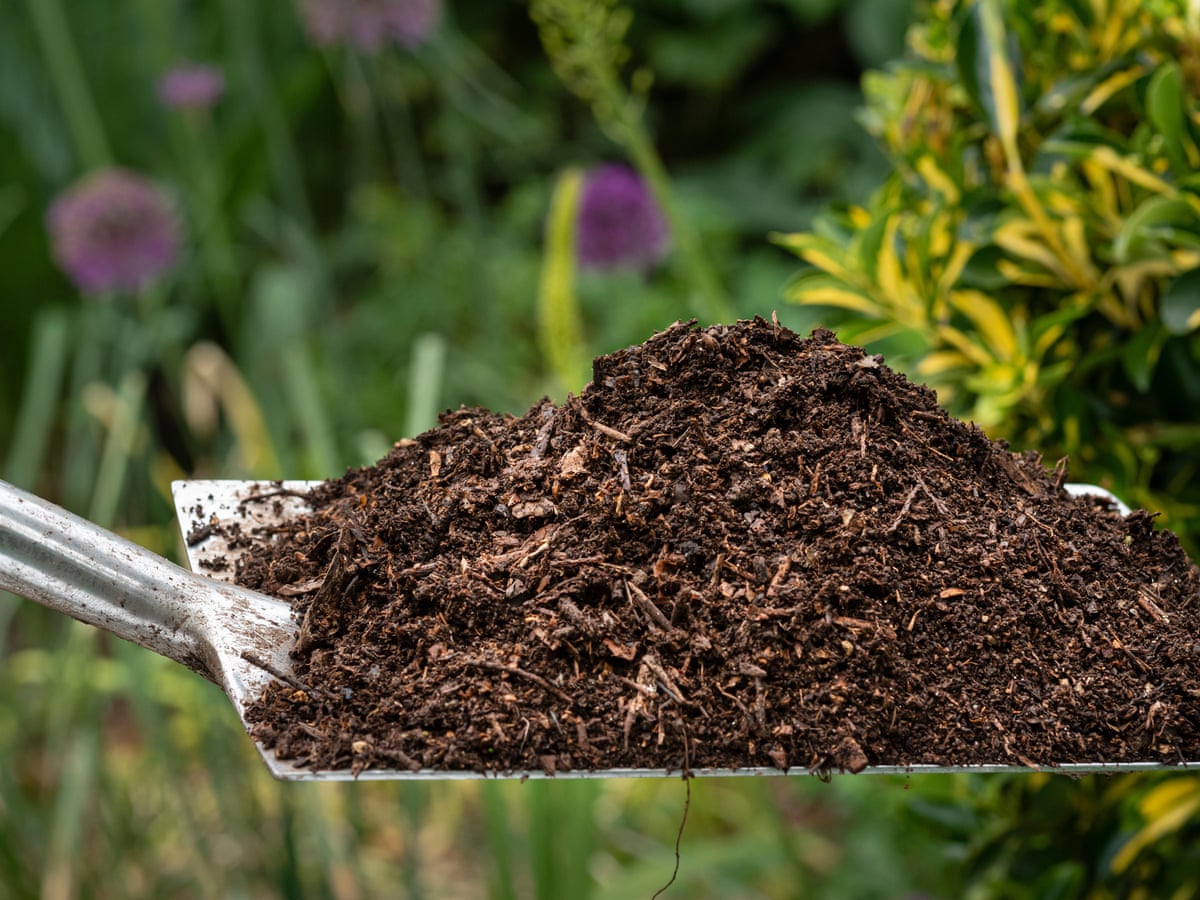
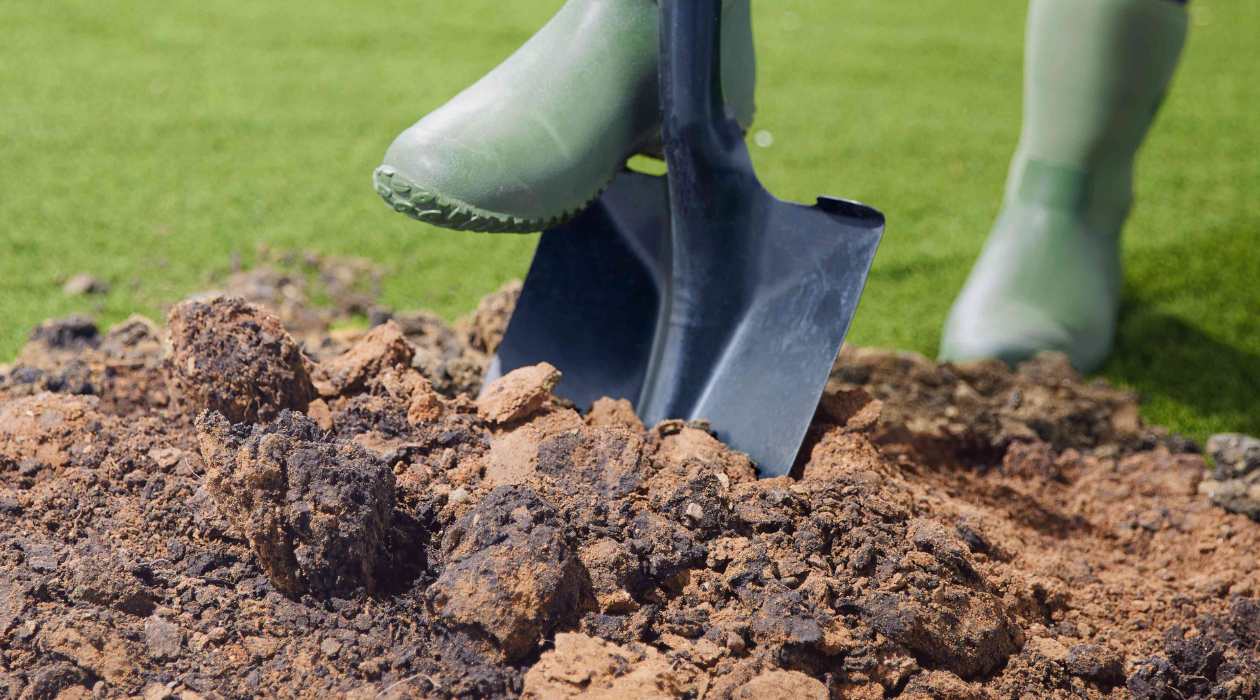
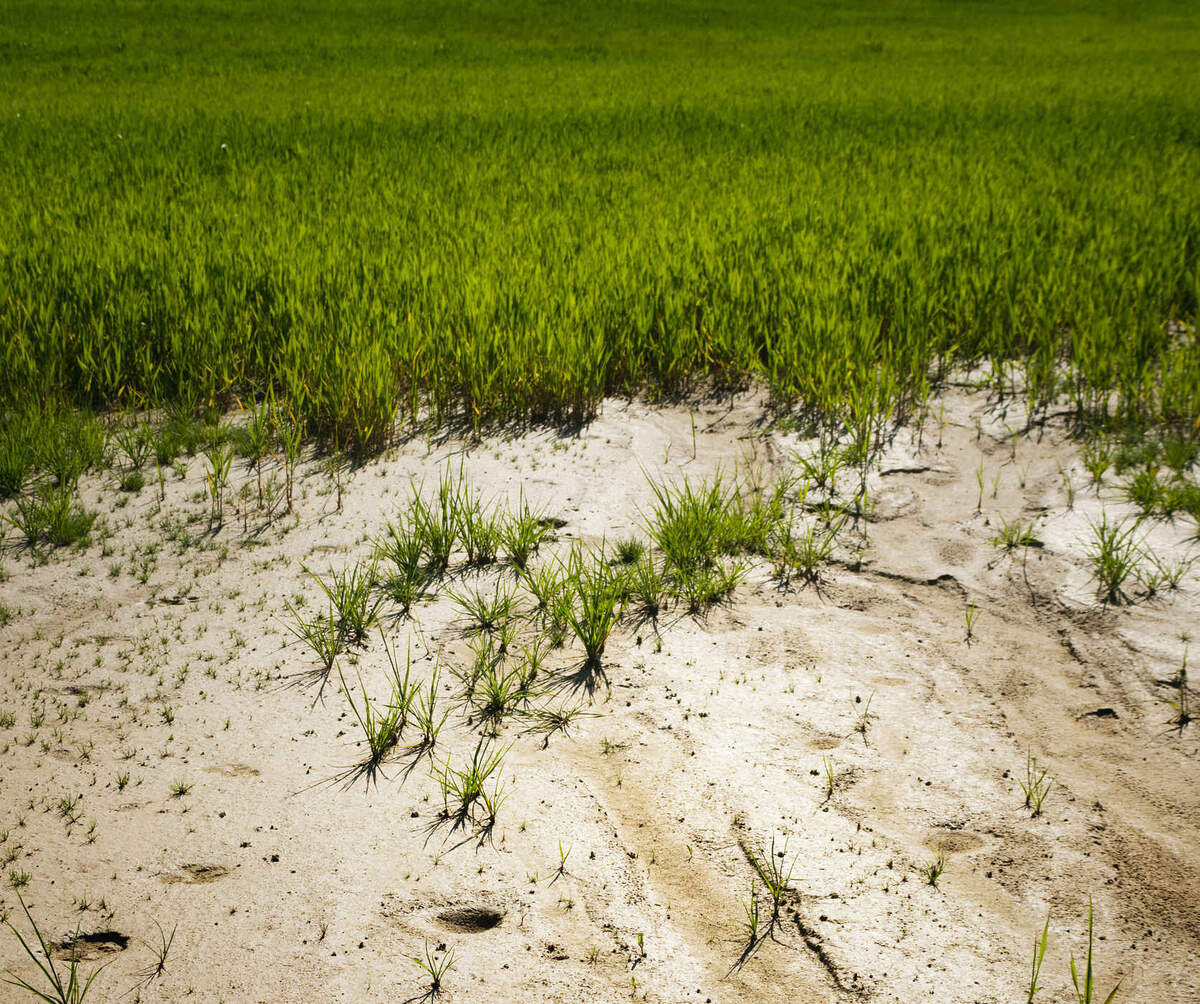
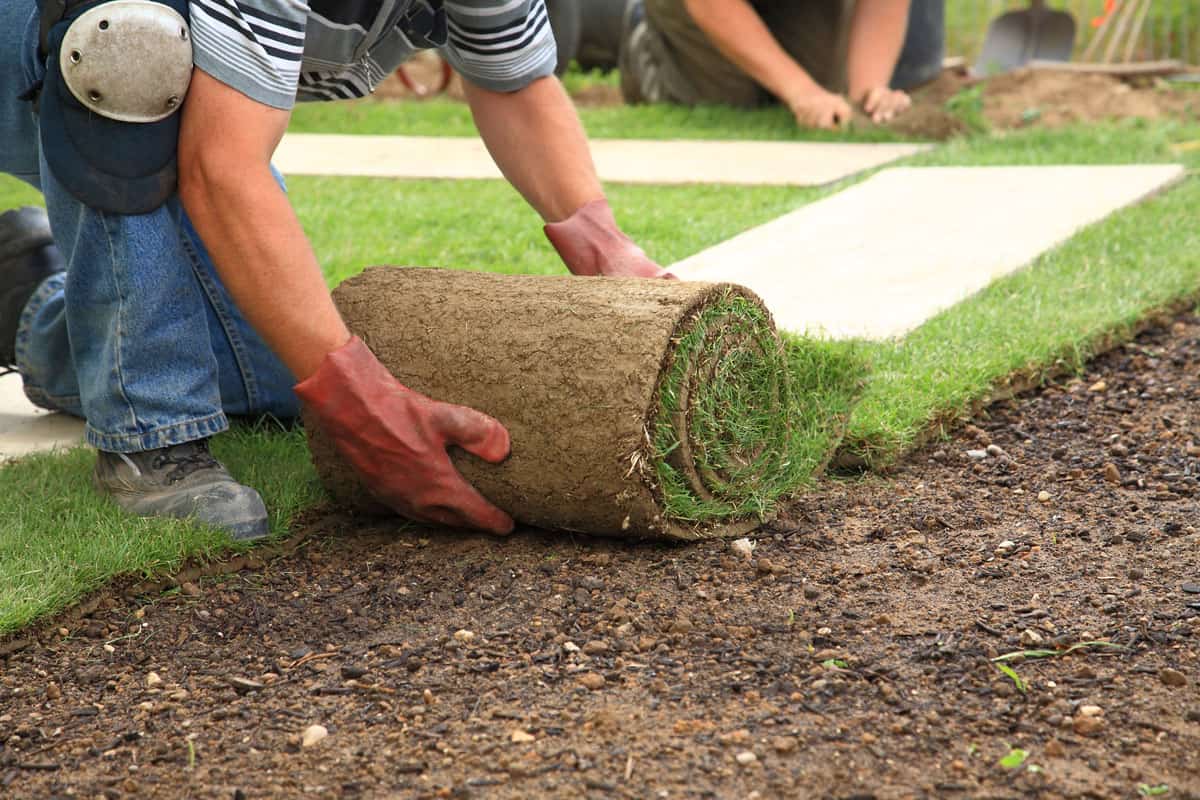
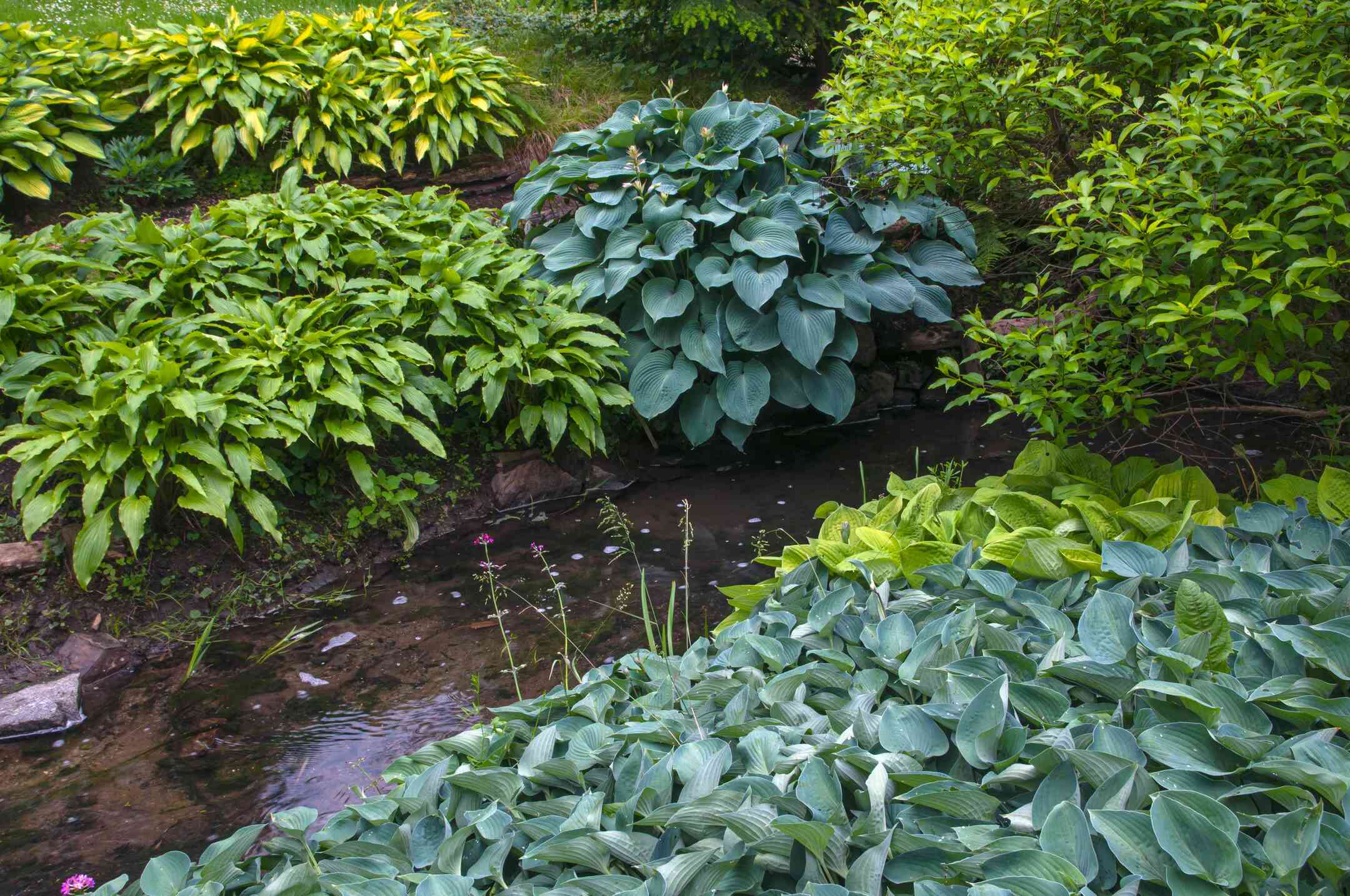
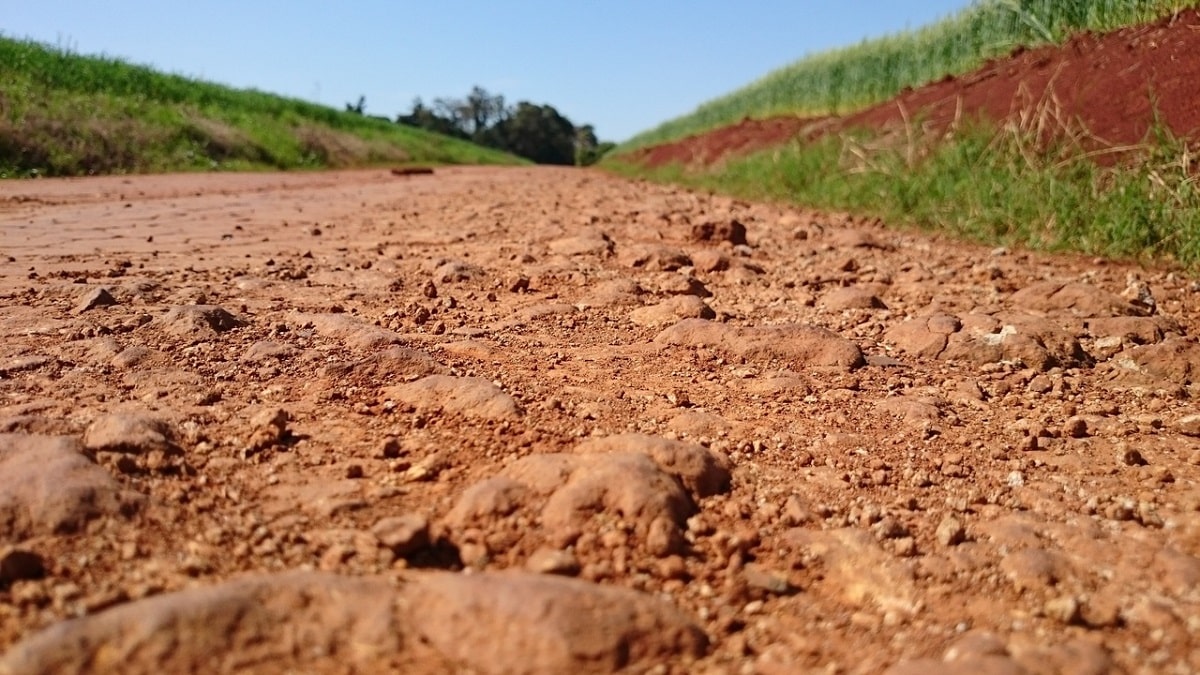
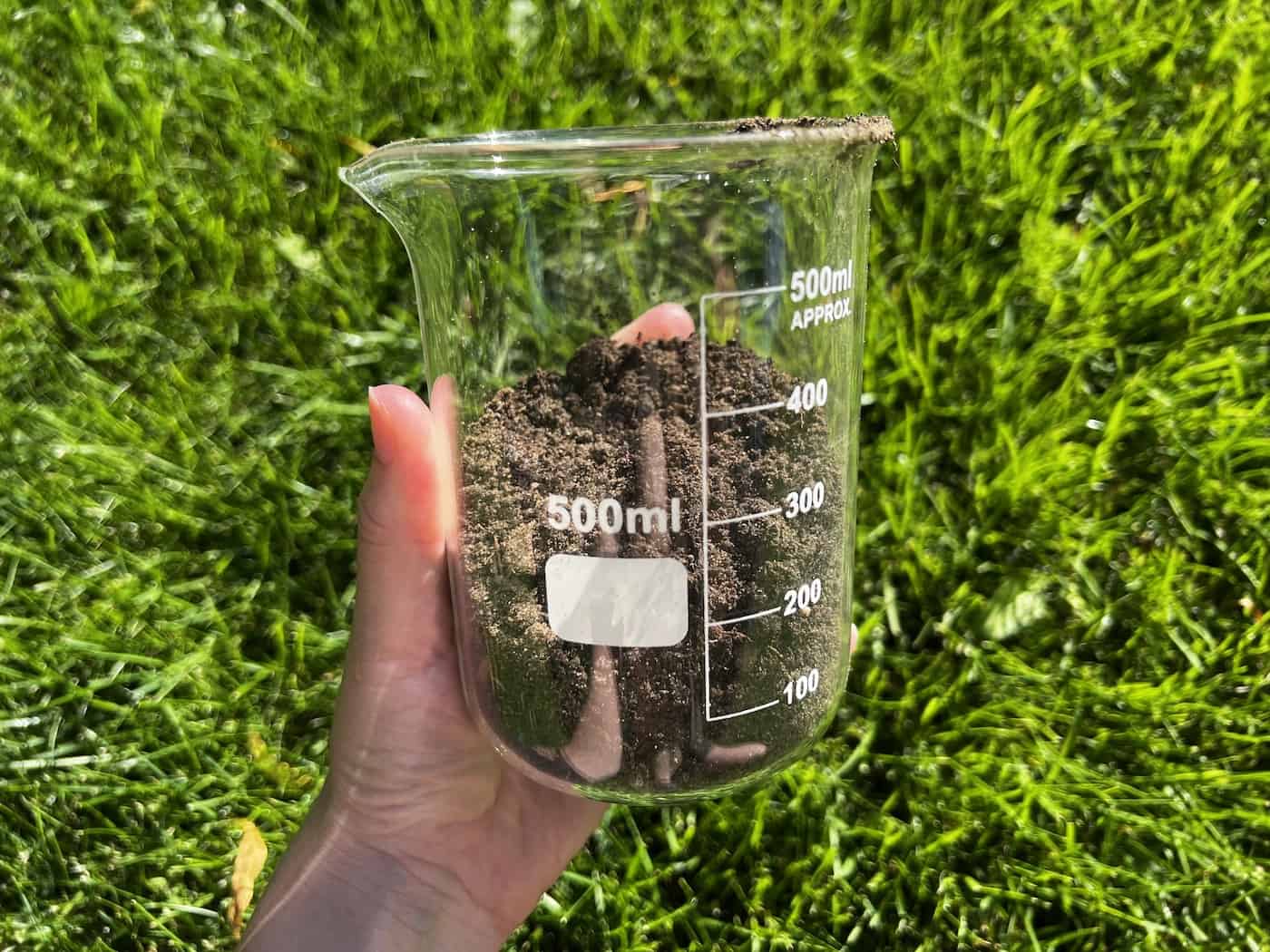
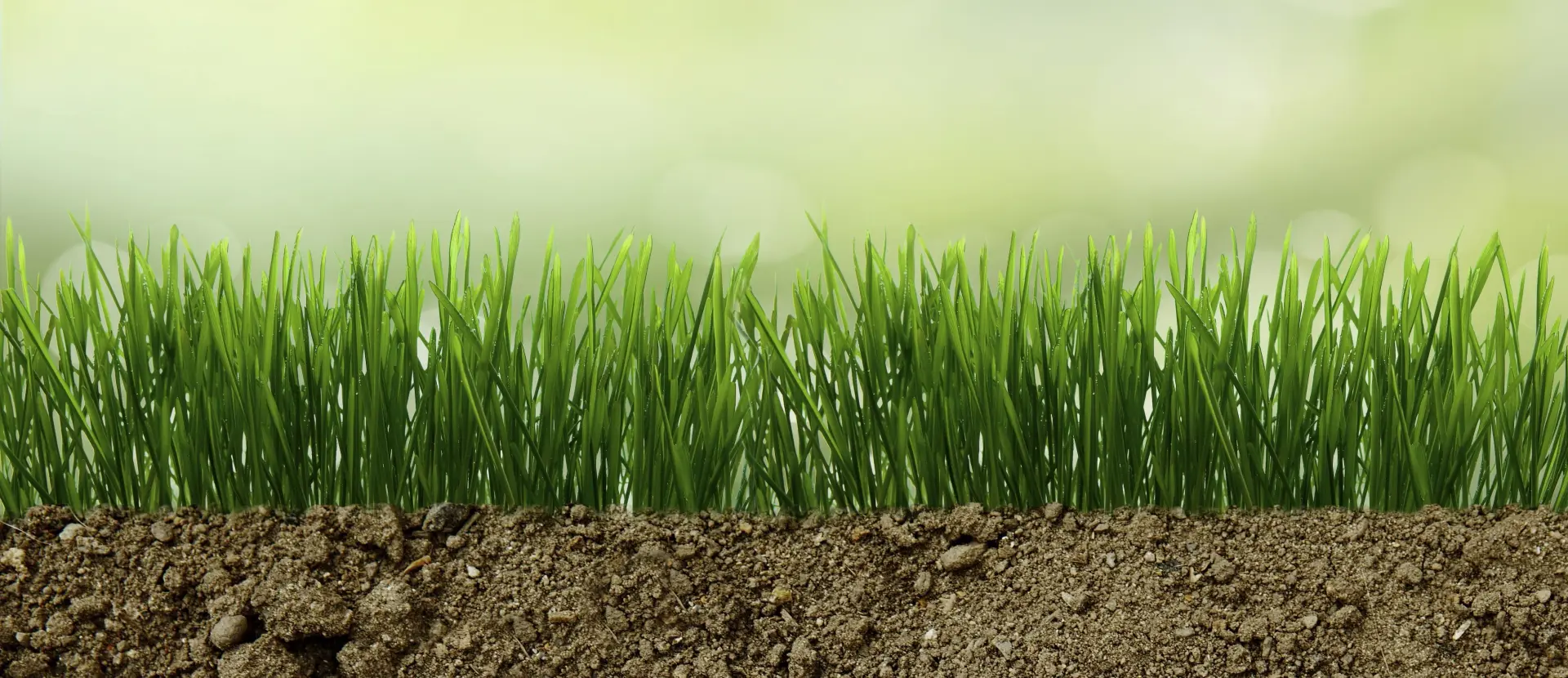
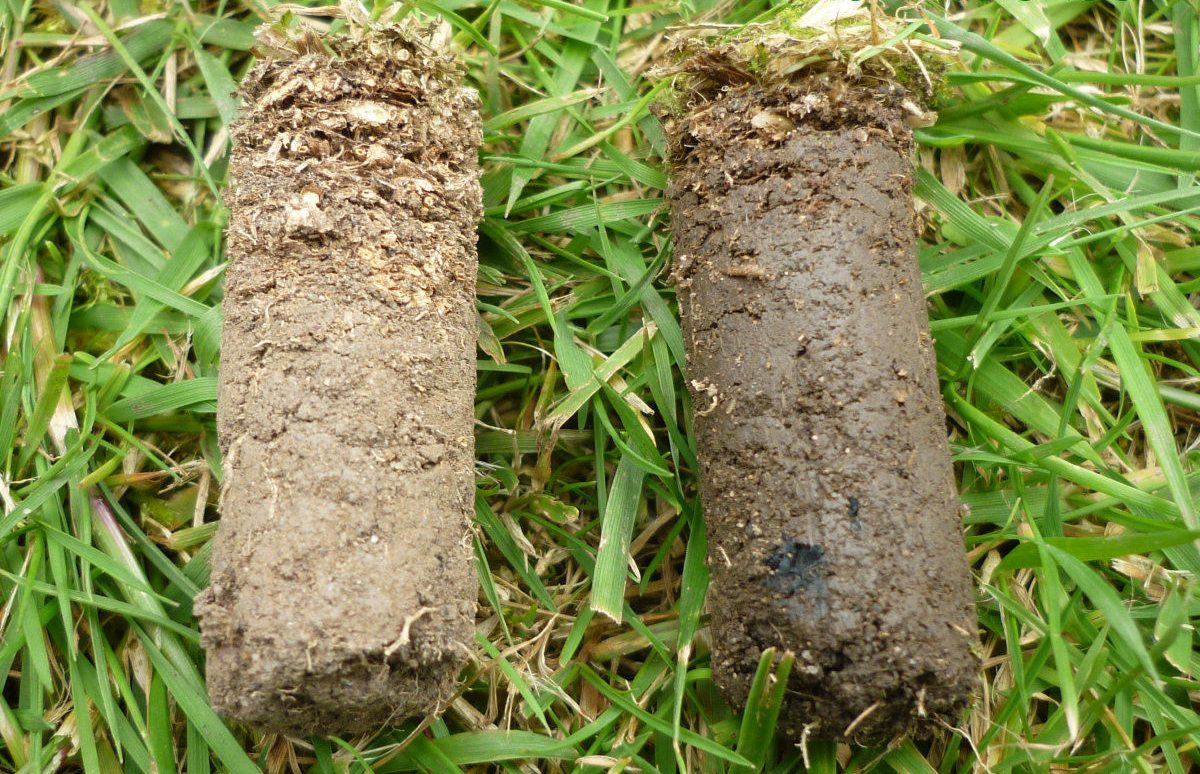
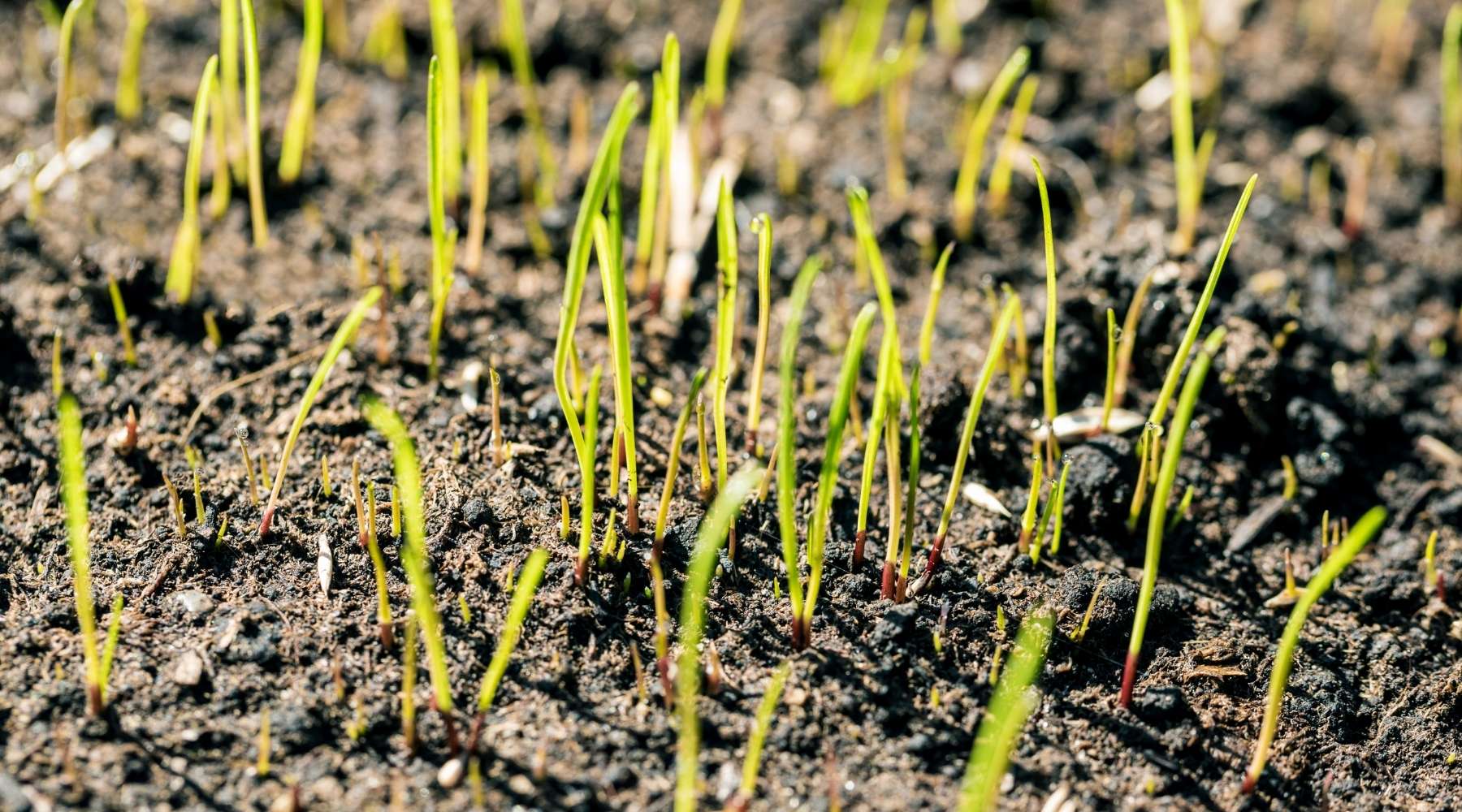
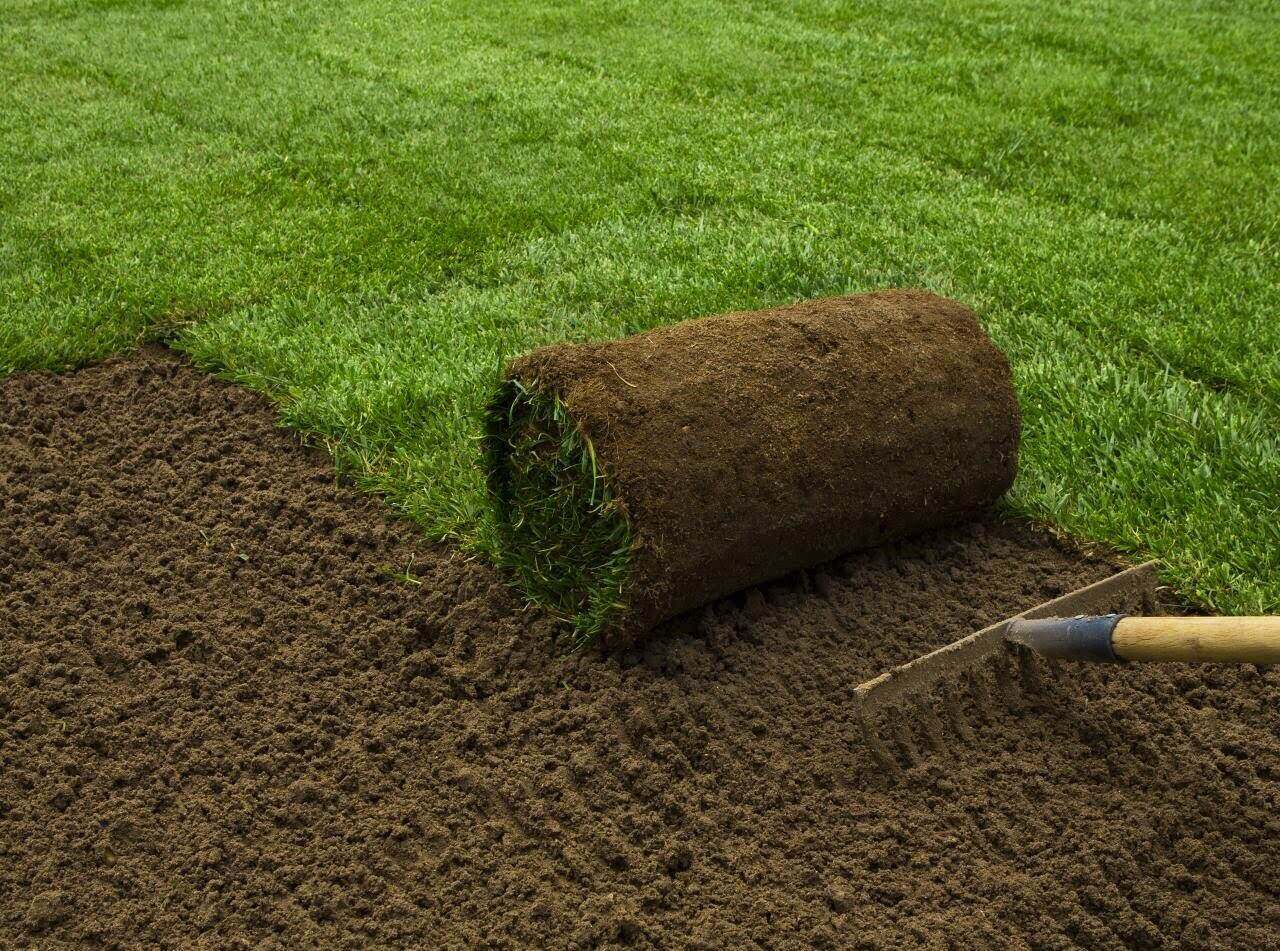
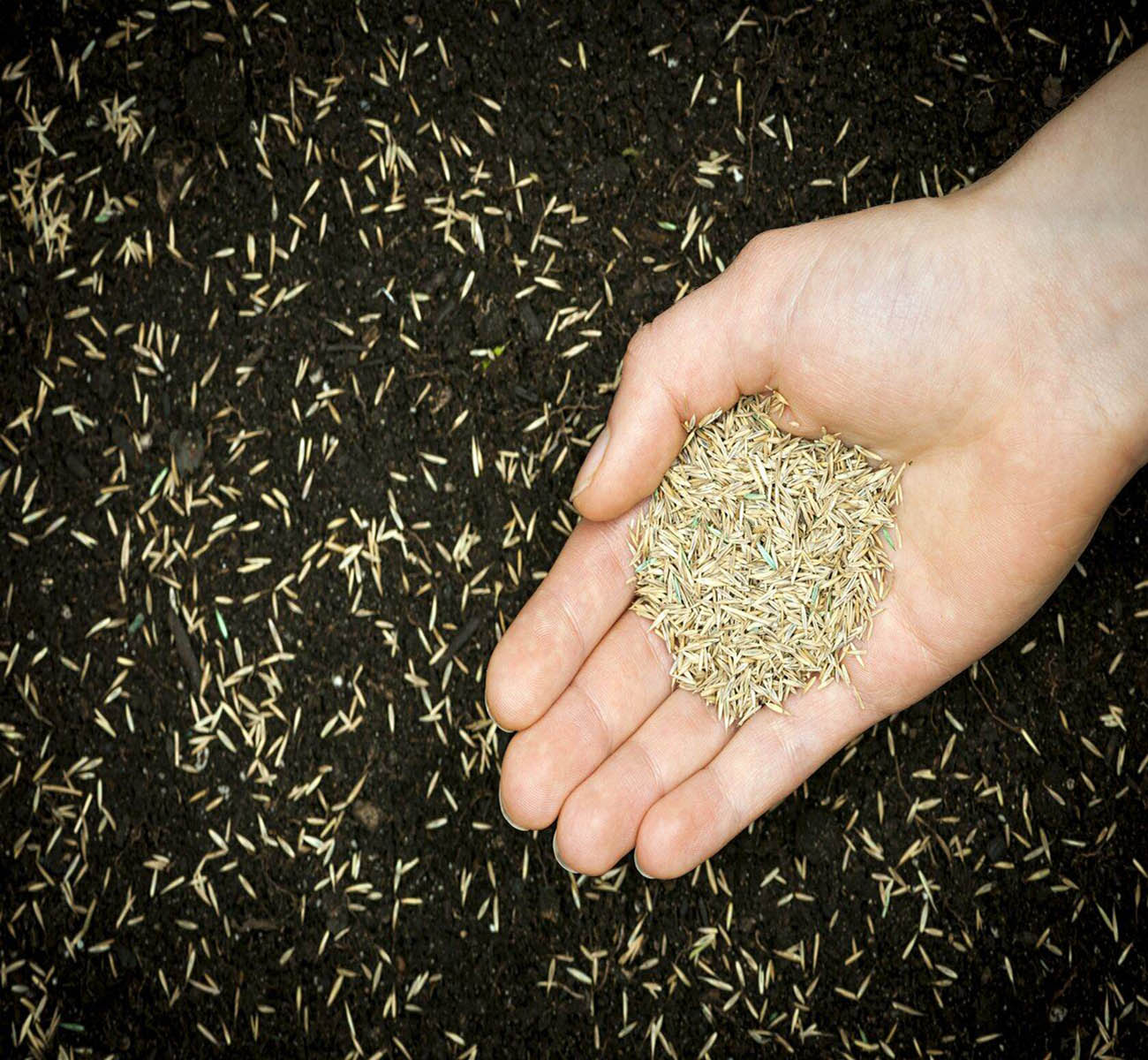

0 thoughts on “What Grass Will Grow In Clay Soil”